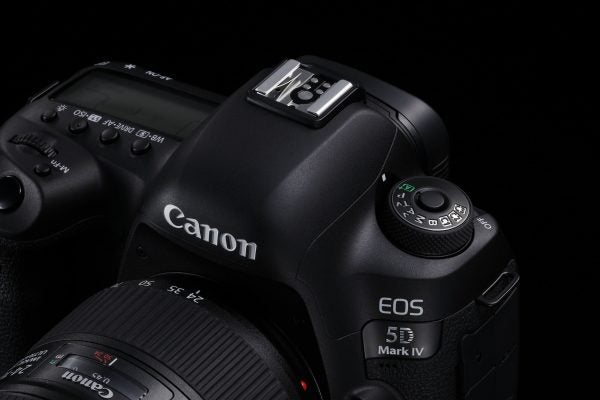What are the key differences between the old and new semi-pro models? We compare the Canon EOS 5D Mark IV to the Canon EOS 5D Mark III
The long-awaited Canon EOS 5D Mark IV is here. It comes as no huge surprise to see a new version of this key camera just before Photokina kicks off in September. But is this more of an incremental upgrade than a complete overhaul? We take a look at the big differences between the two cameras to compare them head to head.
Canon EOS 5D Mark IV vs Canon EOS 5D Mark III: Sensor
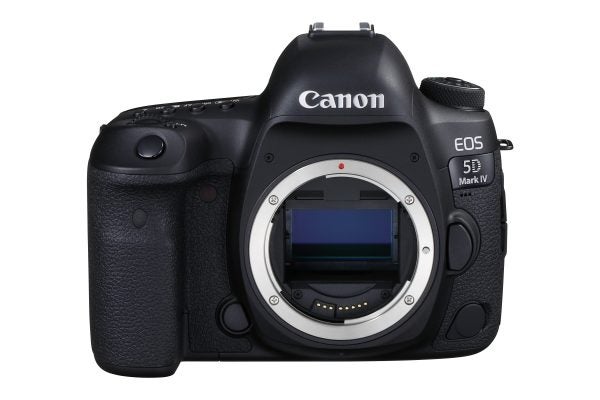
While both of the cameras feature a full-frame sensor, the older model has a 22.3MP sensor, and the newer model features a 30.4MP sensor. That’s a significant jump in resolution, without going too over the top into huge pixel territory. As the camera sits next to Canon’s high megapixel 5DS/R cameras, which each have 50MP, the 5D Mark IV is designed to be more of an all-rounder than the 5DS and R which are primed for studio and high resolution work, but don’t perform quite so well in low light conditions.
Canon EOS 5D Mark IV vs Canon EOS 5D Mark III: Processor
The 5D Mark III had a single Digic 5+ processor. While that remains an impressive performer, there are newer processors in Canon’s arsenal. The 5D Mark IV has two separate processors, a Digic 6 and a Digic 6+. The two processors work at different tasks, the Digic 6+ for image capture, and Digic 6 for metering. Those two processors should make for a faster and more reliable overall operation.
Canon EOS 5D Mark IV vs Canon EOS 5D Mark III: AF System
Although the 5D Mark III had a 61-point AF system, as does the new 5D Mark IV, it’s been improved from the old camera to be very similar to the AF system found in the 1DX Mark II, Canon’s flagship professional model. Along with having 61-points, all of the points are cross-type and sensitive down to f/8 and work in -3EV. That’s good news for photographers who use long lenses with converters, such as sports and wildlife photographers.
Canon EOS 5D Mark IV vs Canon EOS 5D Mark III: Body design
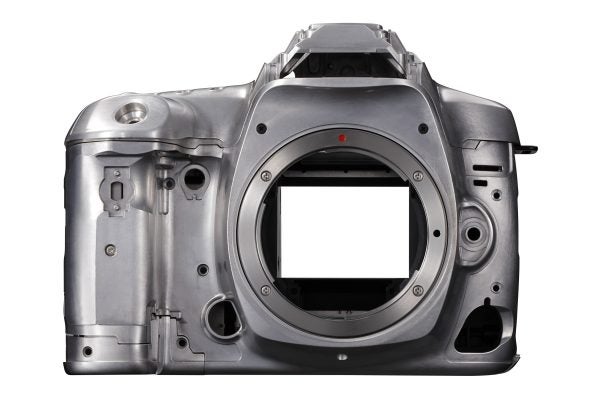
Canon has kept pretty much the same design for the new camera, as it wants anybody who already owns a 5D model to be able to upgrade quickly and easily. There are a few tweaks worth mentioning though. The grip is ever so slightly deeper, while the bump on the top of the camera is also slightly larger to incorporate a new GPS / Wi-Fi unit. The interior of the camera features a redesigned mirror box and mechanism – it’s now made from aluminium instead of stainless steel, which makes the overall weight 50g lighter. Canon also says that the weatherproofing has been improved.
Canon EOS 5D Mark IV vs Canon EOS 5D Mark III: ISO Capability
It’s fair to say that in the past few years, low light technology has come on leaps and bounds. While Canon hasn’t gone quite so far as the Nikon D5’s extremely high ISO range (which tops at over 3,000,000), the 5D Mark IV still boasts speeds of ISO 100 – 32,000, with an expanded setting of ISO 50 – 102400. That compares with ISO 100 – 25600 (expanded to 102400) of the 5D Mark III. Perhaps more importantly, it seems that at the top ends of the speeds, the camera performs better than the top speeds of the 5D Mark III.
Canon EOS 5D Mark IV vs Canon EOS 5D Mark III: Dual Pixel Raw
One of the most exciting new technologies of the 5D Mark IV simply didn’t exist on the Mark III. Dual Pixel Raw allows you to make micro adjustments to focus after you’ve taken the shot. You need to switch a special mode on in the main menu, and it increases the size of the raw files, but it could be incredibly useful for saving those pictures which are just ever so slightly off the mark.
Canon EOS 5D Mark IV vs Canon EOS 5D Mark III: Connectivity
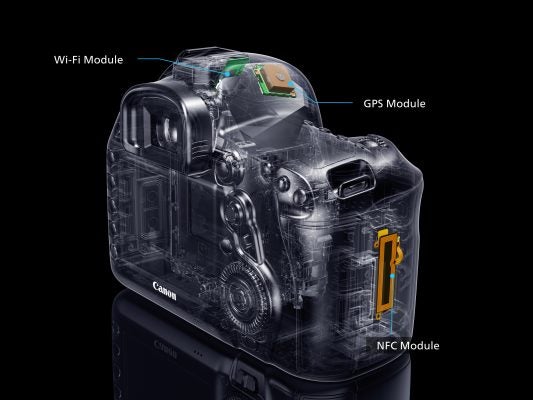
Canon has introduced Wi-Fi into several of its DSLR models, and is including it in the 5D Mark IV. That means you can control the camera remotely, and you can also share shots and videos to your smart device for quick sharing on social networks and the like. There’s also GPS for adding location data to your images.
Canon EOS 5D Mark IV vs Canon EOS 5D Mark III: Video recording
When the 5D Mark II included Full HD video recording, even Canon had no idea how much it would impact on videographers. The world has moved on since then, and what was once considered revolutionary (1080p) is now considered standard. Therefore, the 5D Mark IV has 4K video recording, the new standard.
Canon EOS 5D Mark IV vs Canon EOS 5D Mark III: Screen
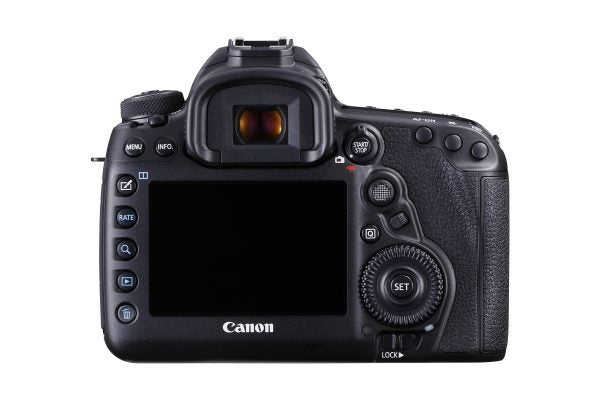
Touch sensitivity is starting to become the norm, and so we have it here in the 5D Mark IV when it wasn’t present in the 5D Mark III. It’s useful when shooting in Live View or video recording to set the autofocus point, but also when flicking through images in playback or using gestures such as pinch to zoom.
Canon EOS 5D Mark IV vs Canon EOS 5D Mark III: Battery and Memory Cards
Both the 5D Mark III and 5D Mark IV have dual card slots, one for CF cards and one for SD cards. It’s perhaps a bit of a surprise not to see the 5D Mark IV having the faster CFast Memory cards, but on the other hand it’s good news for current 5D owners who won’t need to spend a lot of money upgrading a stash of cards.
Canon EOS 5D Mark IV vs Canon EOS 5D Mark III: Price
The 5D Mark IV will retail for around £3,629 (body only). That compares with a starting retail price of around £2,999 (body only) for the 5D Mark III when it was first announced – and its current street price of around £1,999.





